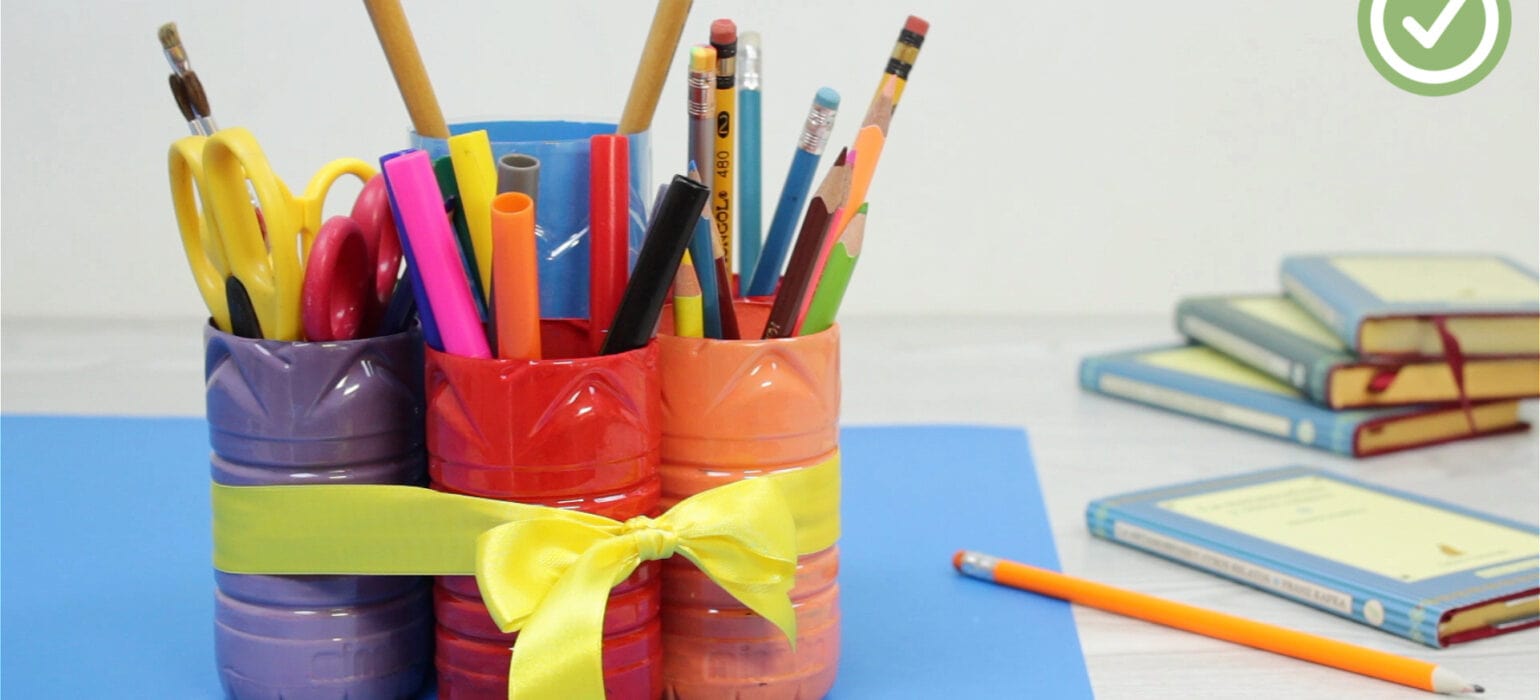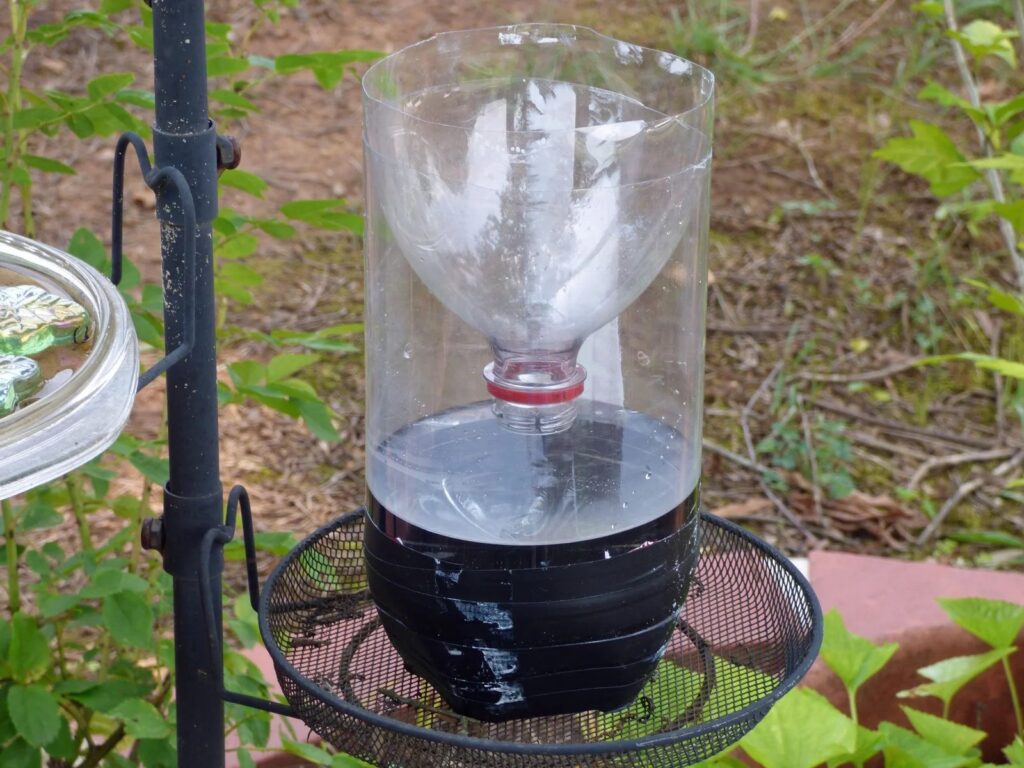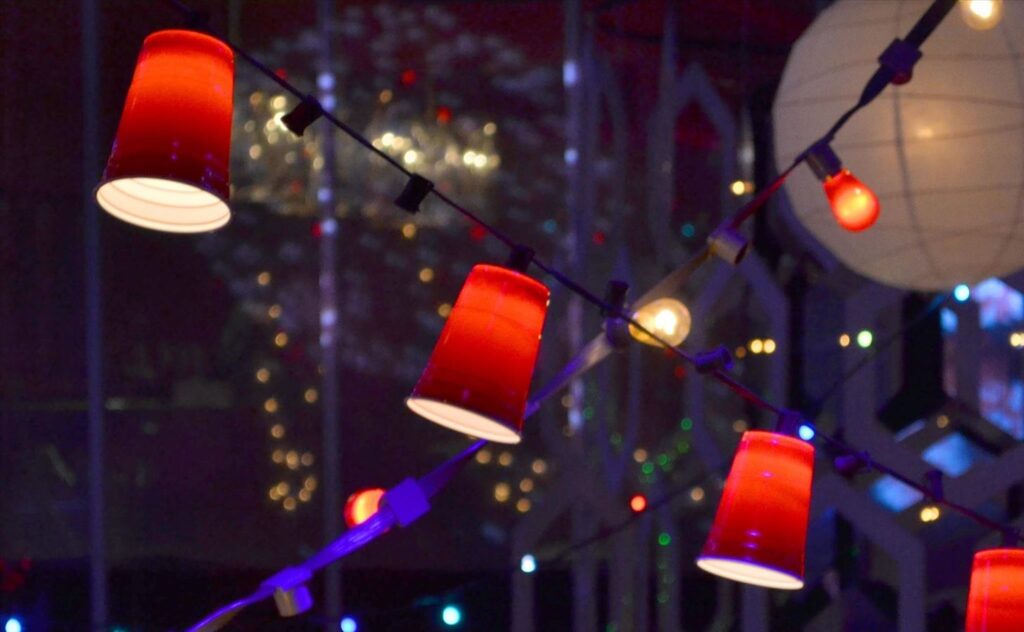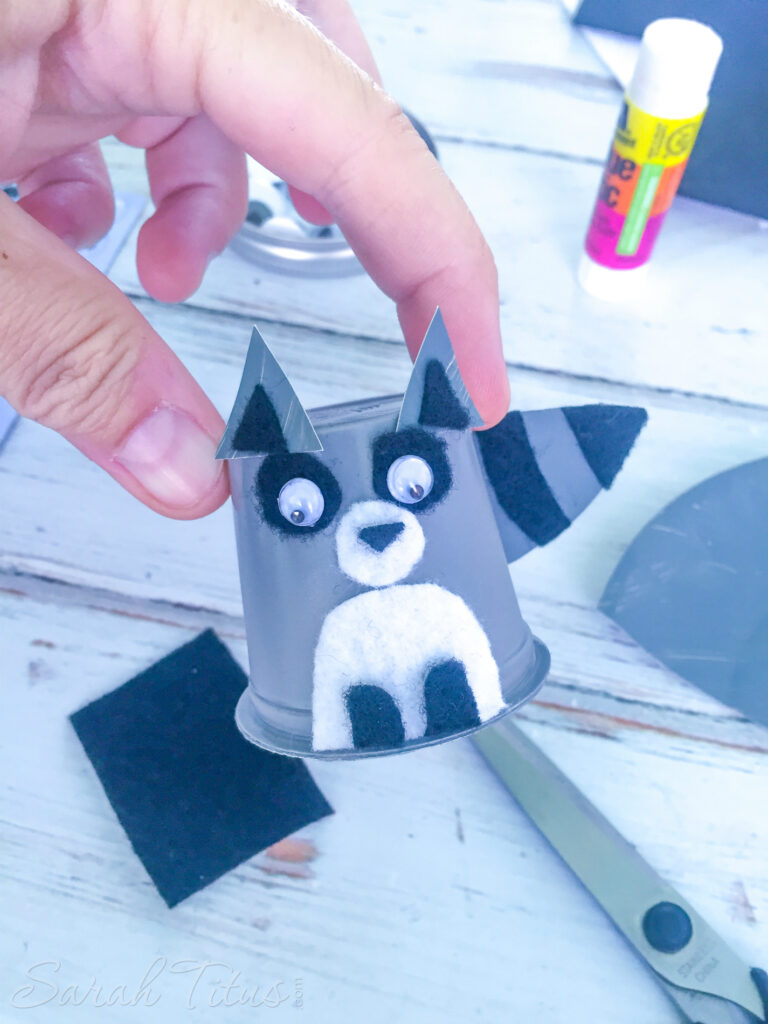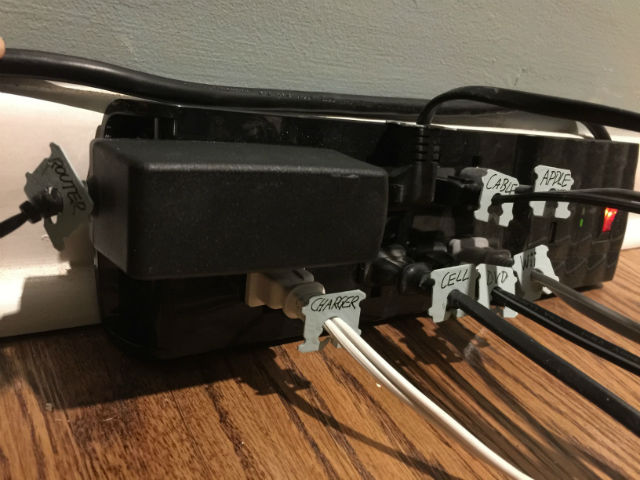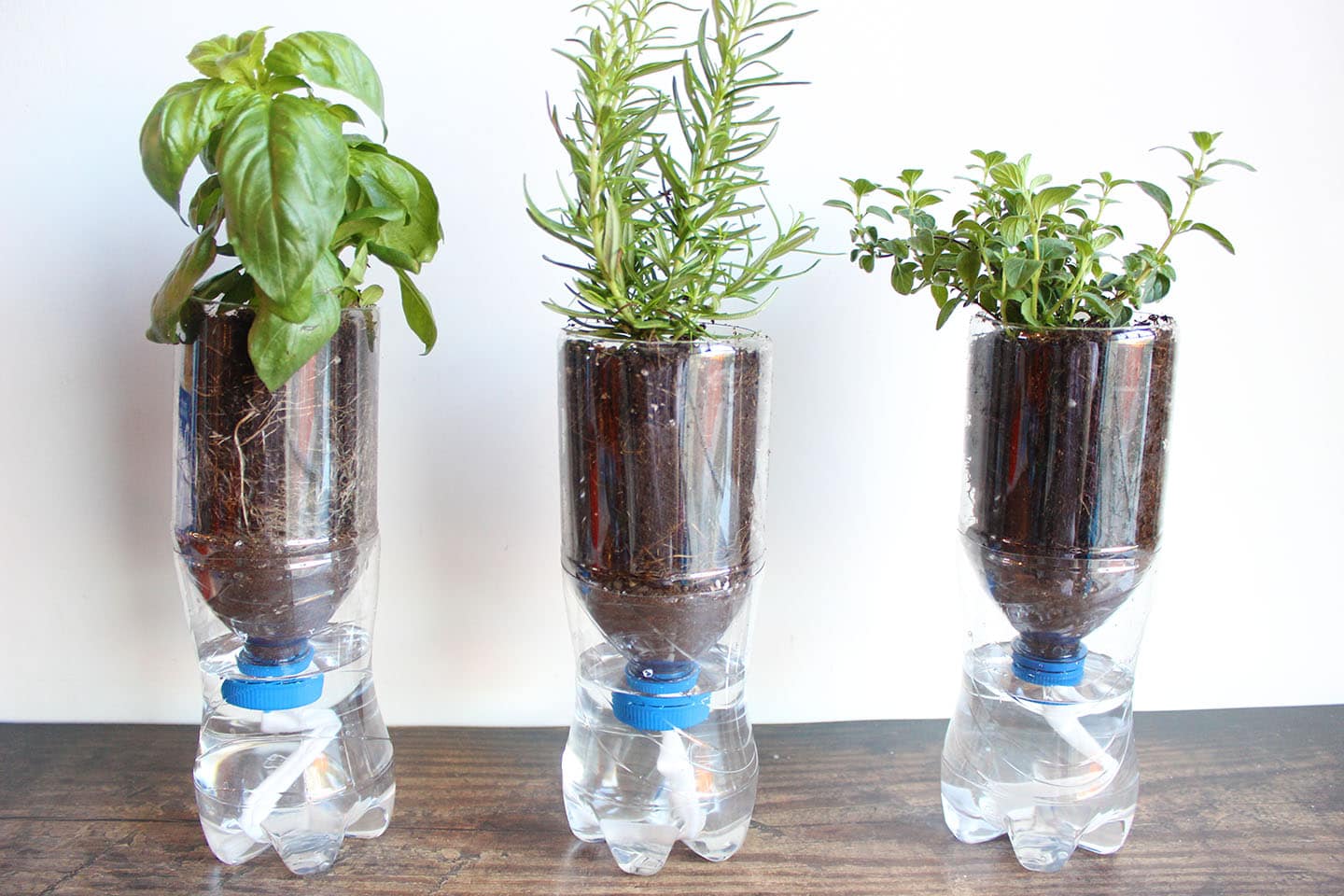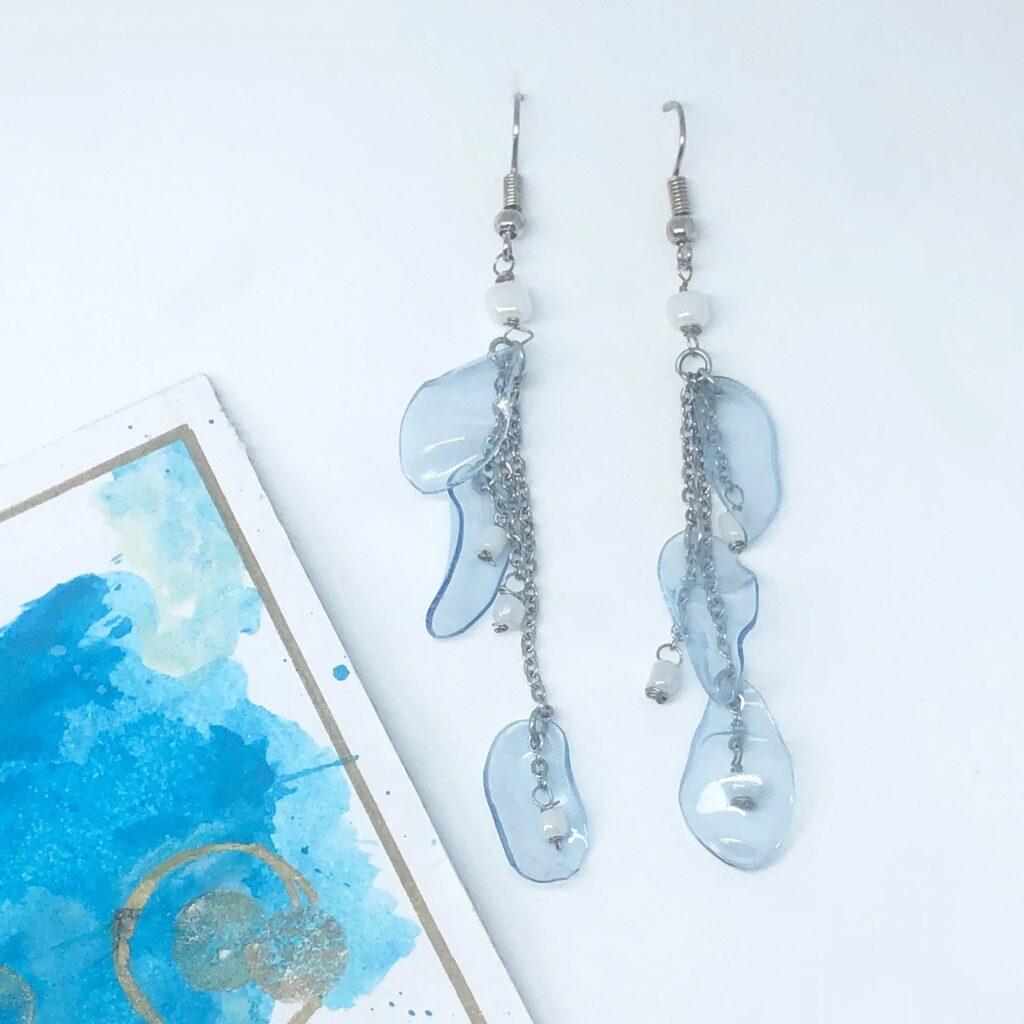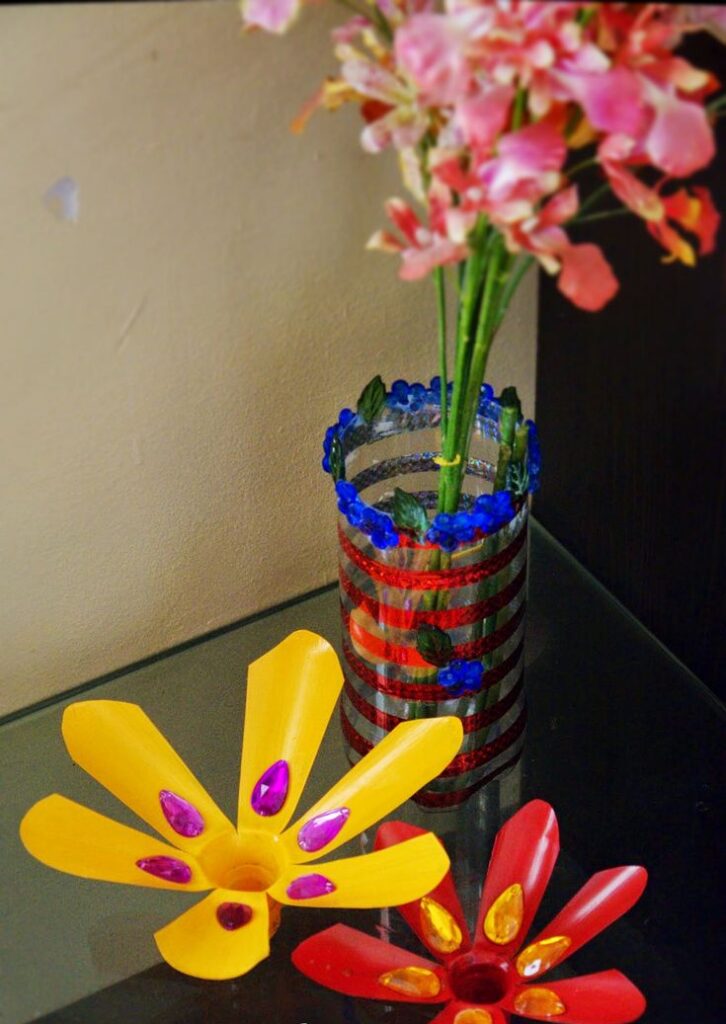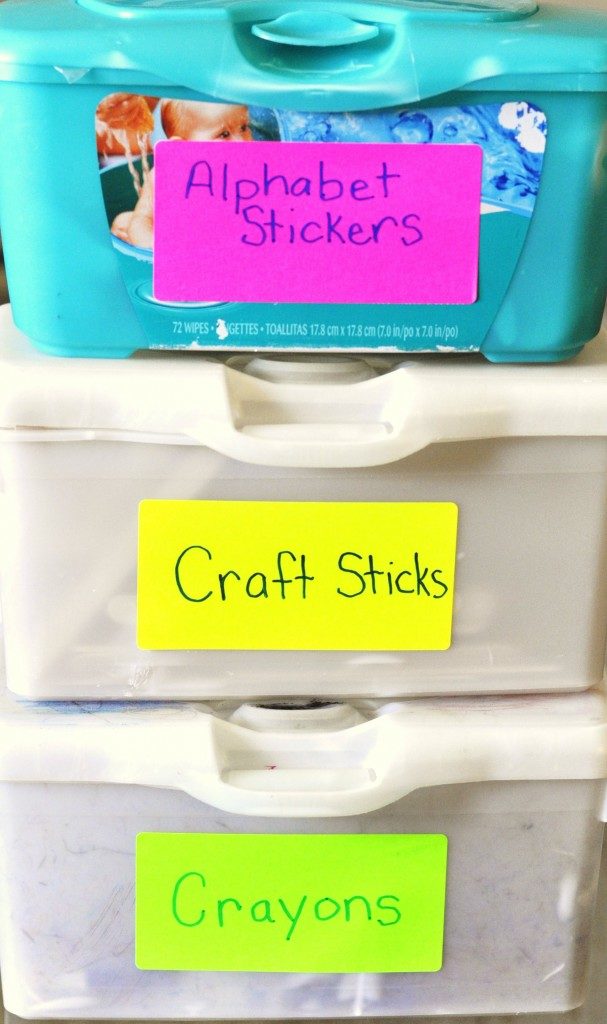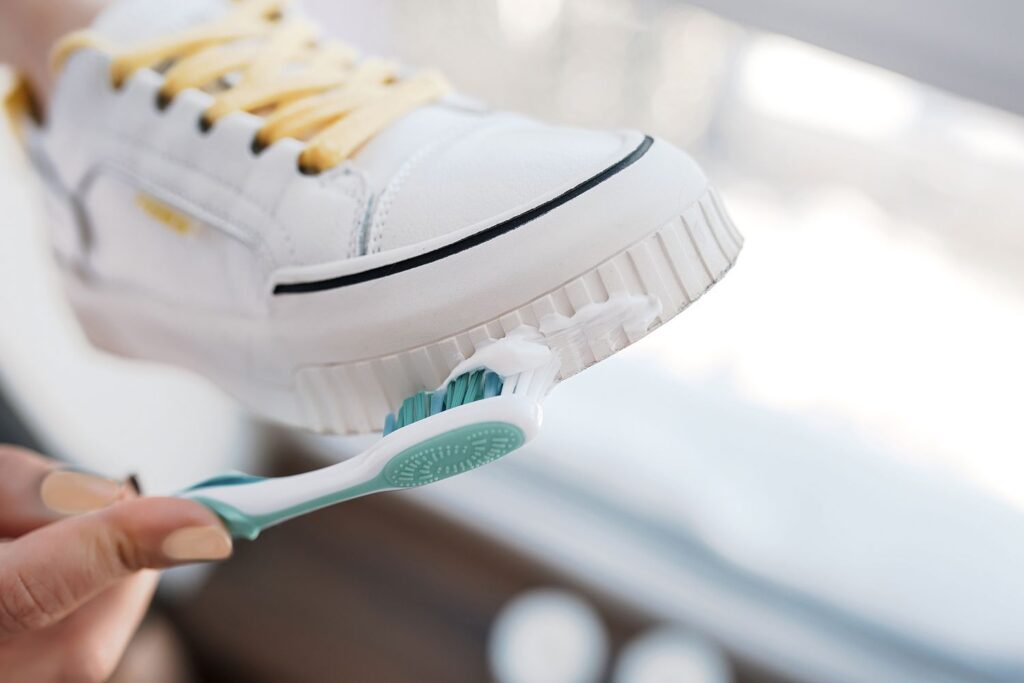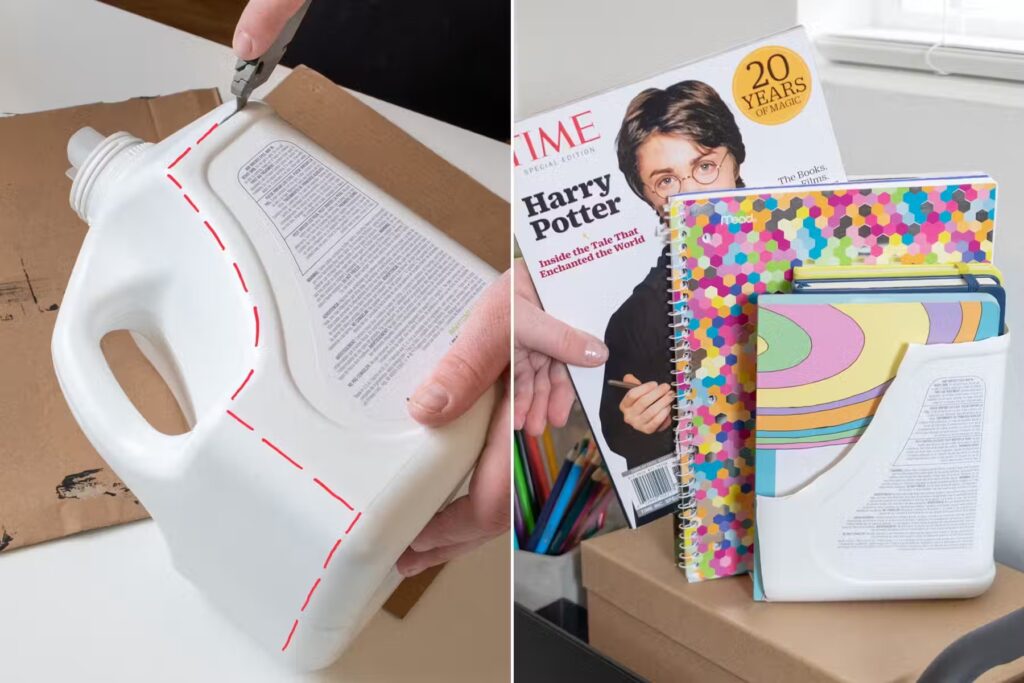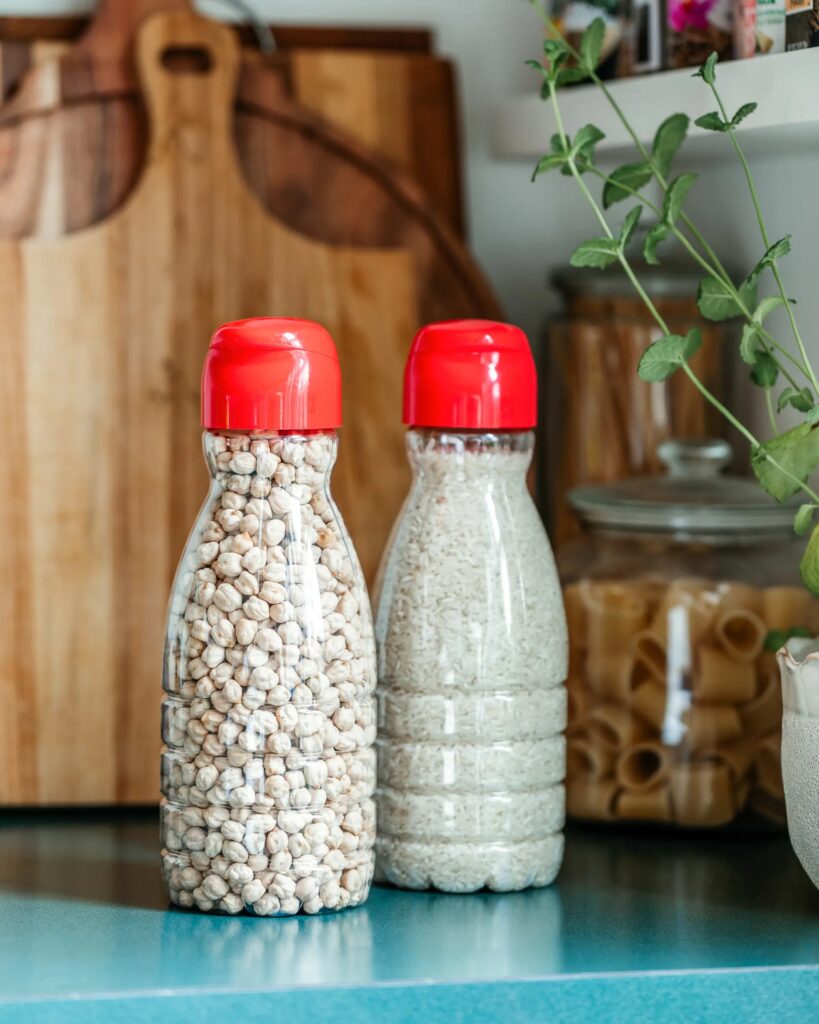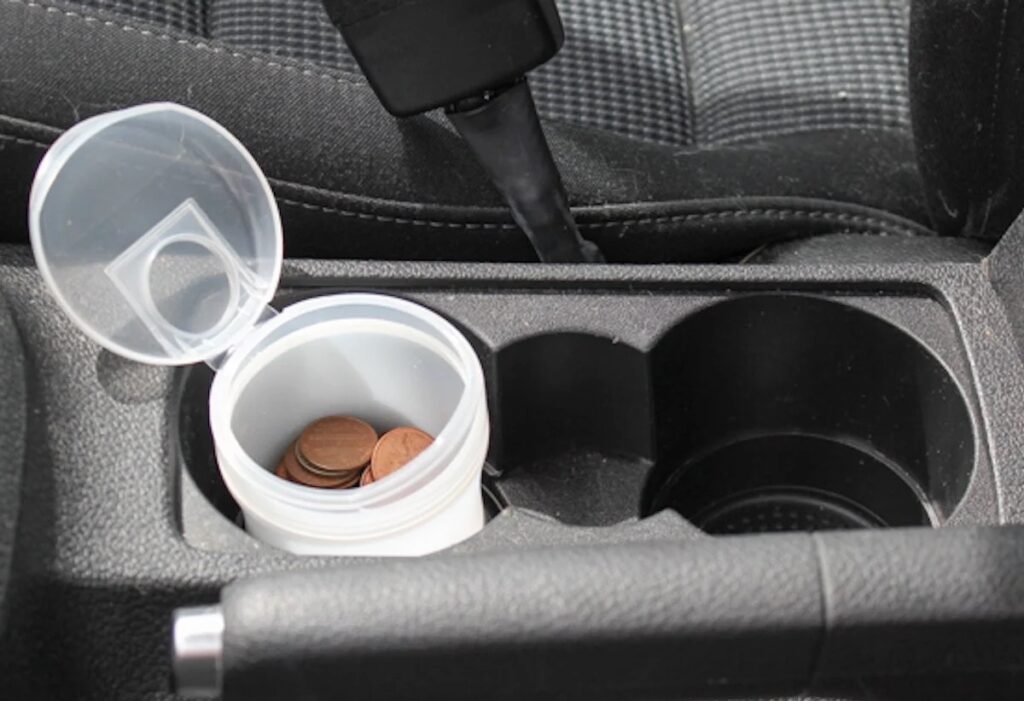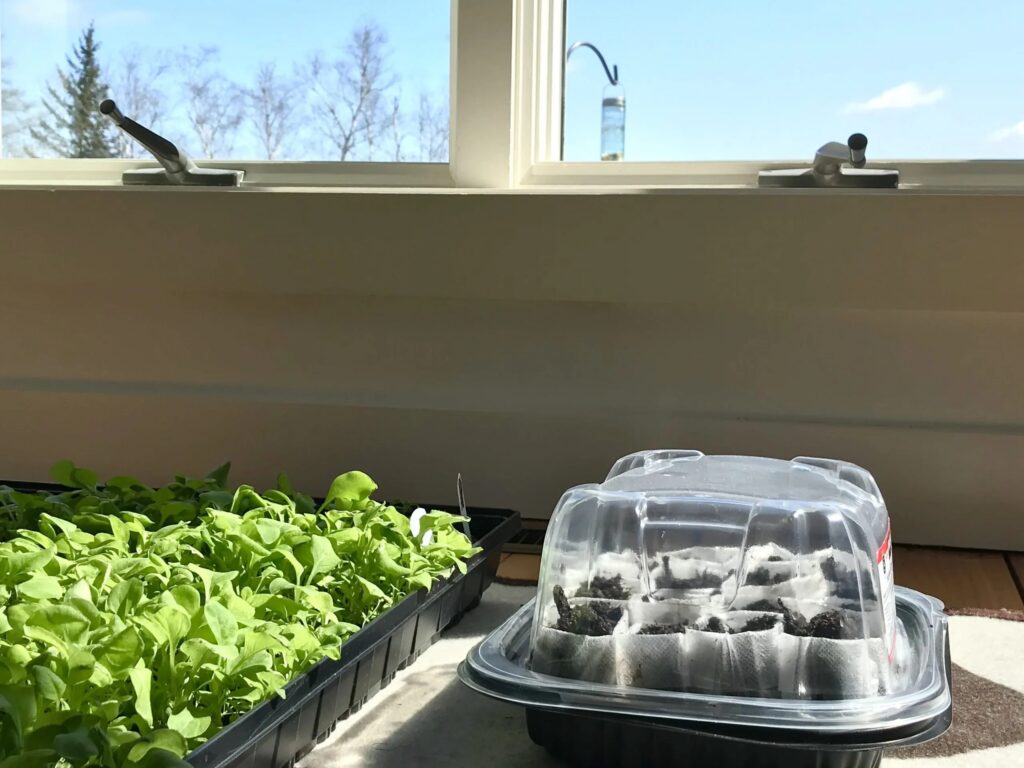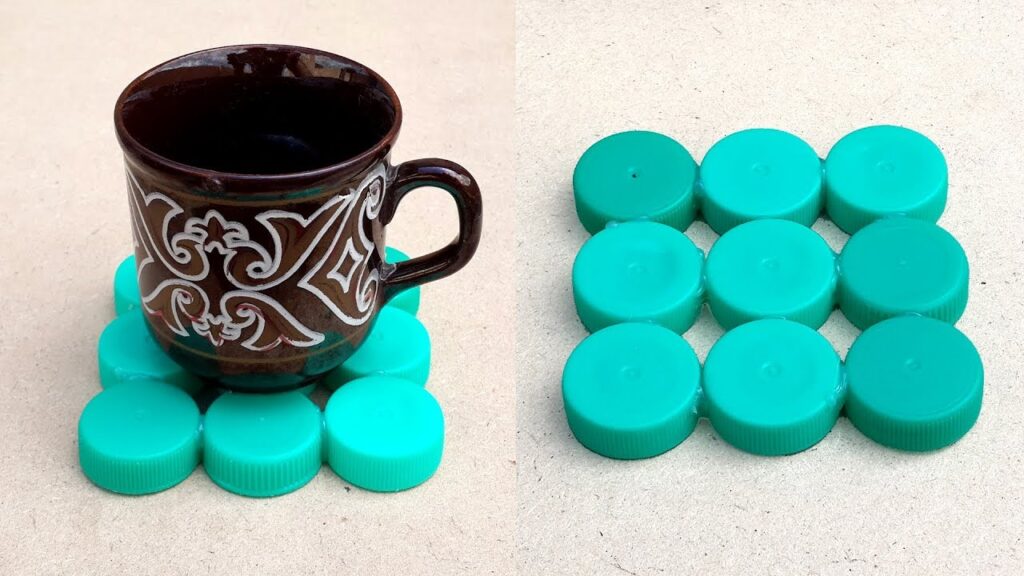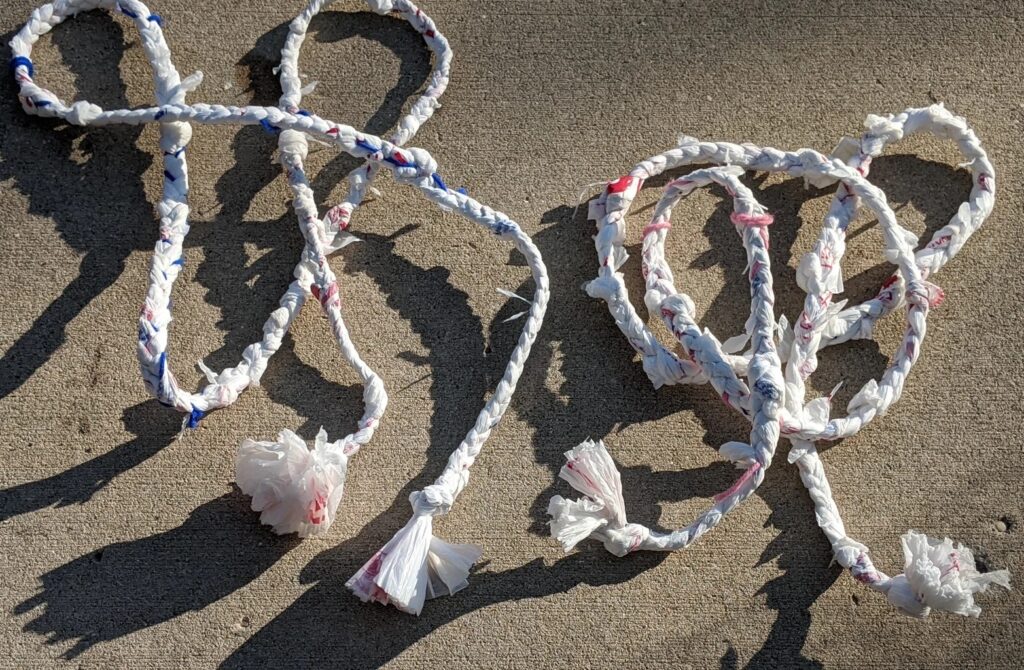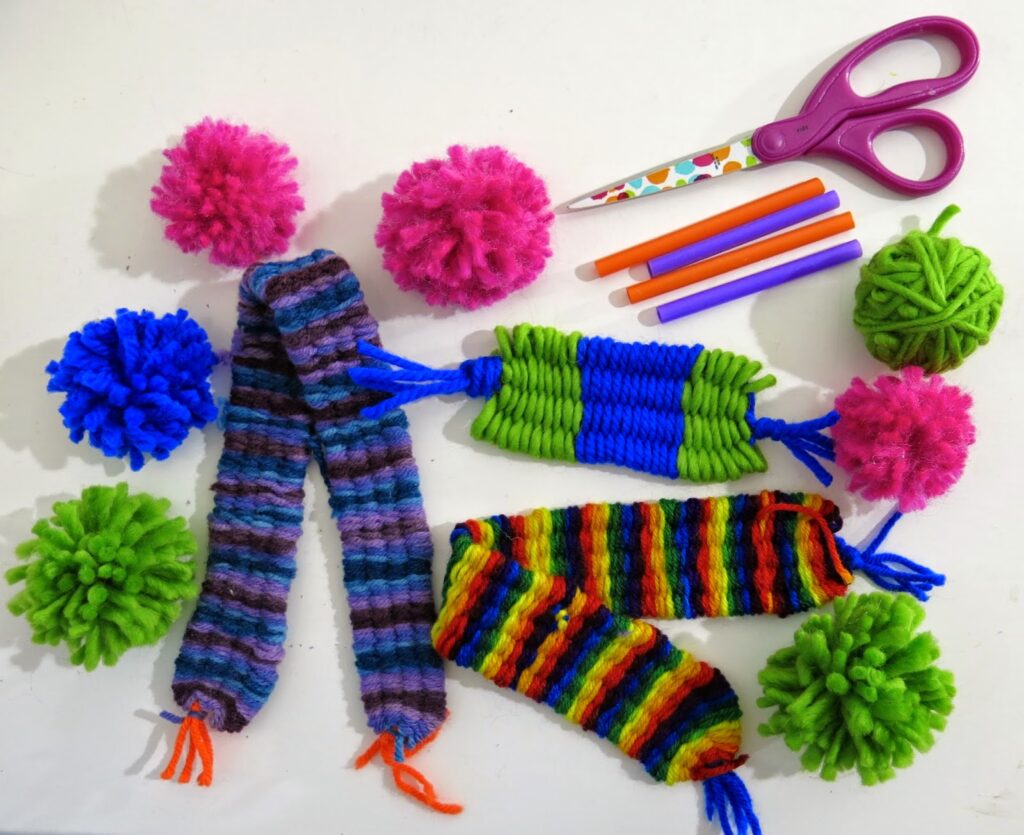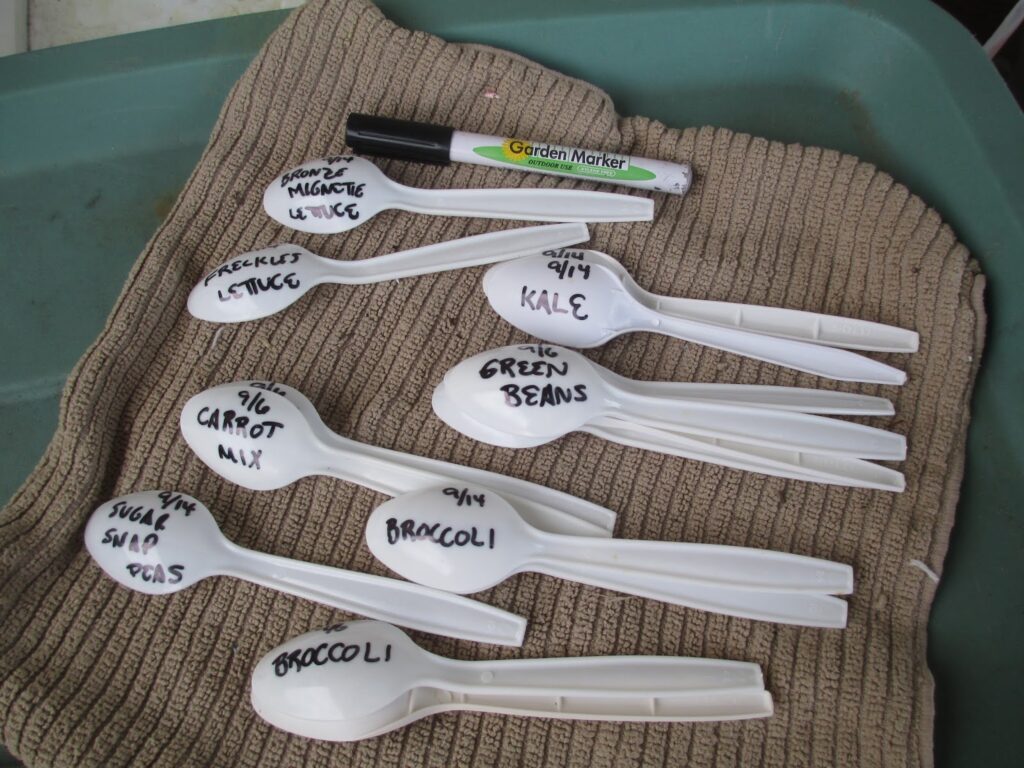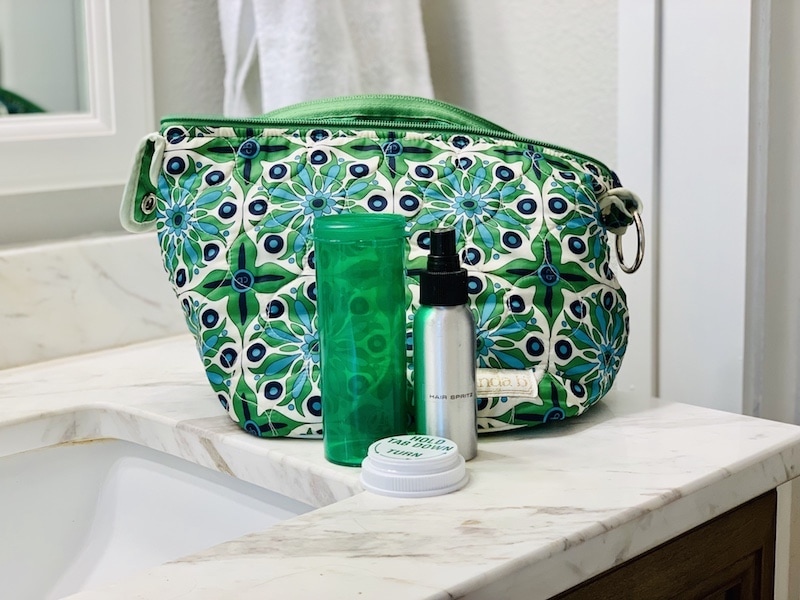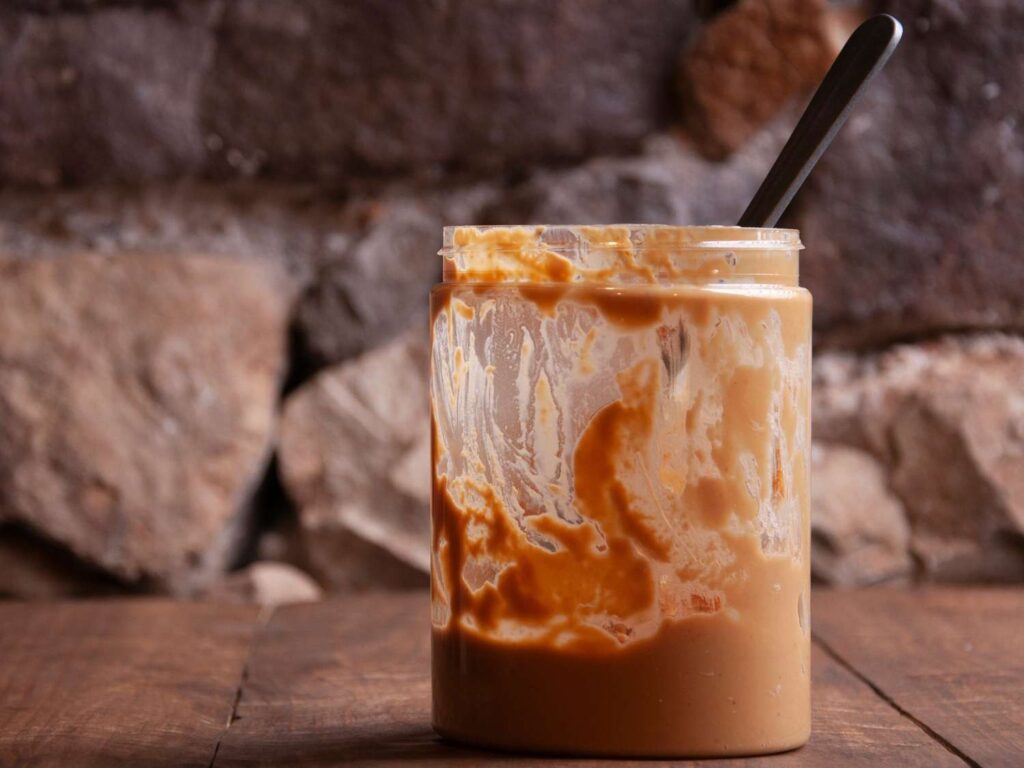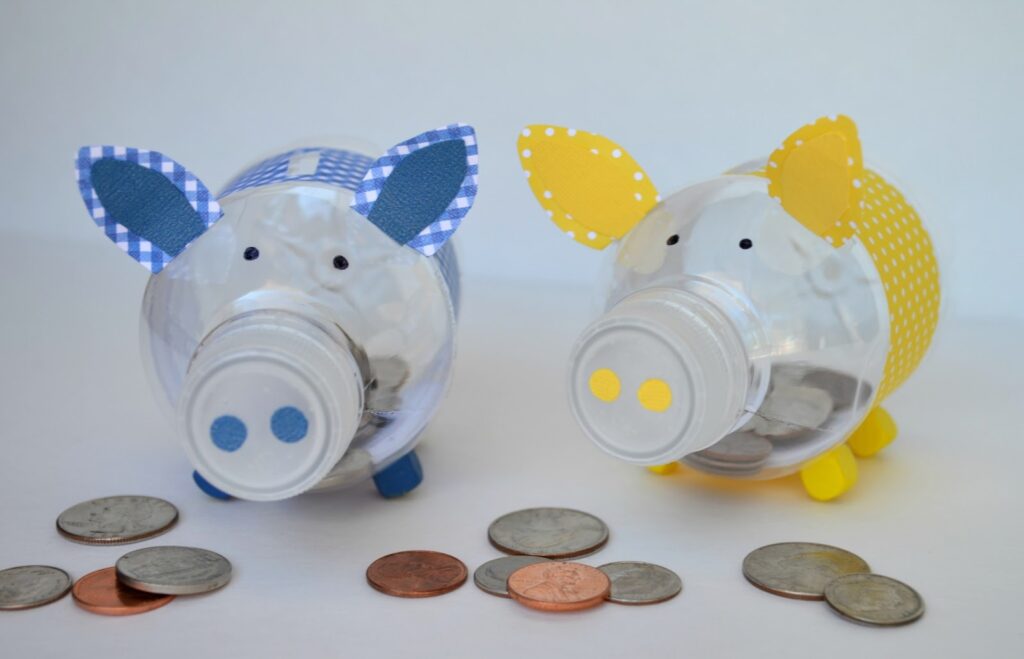In a world grappling with the environmental repercussions of plastic waste, the concept of upcycling emerges as a beacon of at-home sustainability. Shifting the narrative from disposable to purposeful, the idea of transforming everyday plastic home waste into clever do-it-yourself (DIY) projects represents a conscious effort to minimize our ecological footprint. From discarded bottles and containers to plastic lids and utensils, these overlooked items become the canvas for ingenious creations that transcend their initial single-use purposes. Remember to use appropriate safety measures, like cutting plastic carefully, and ensure that the materials you’re using are clean and safe for the intended purpose. Enjoy your creative recycling projects!
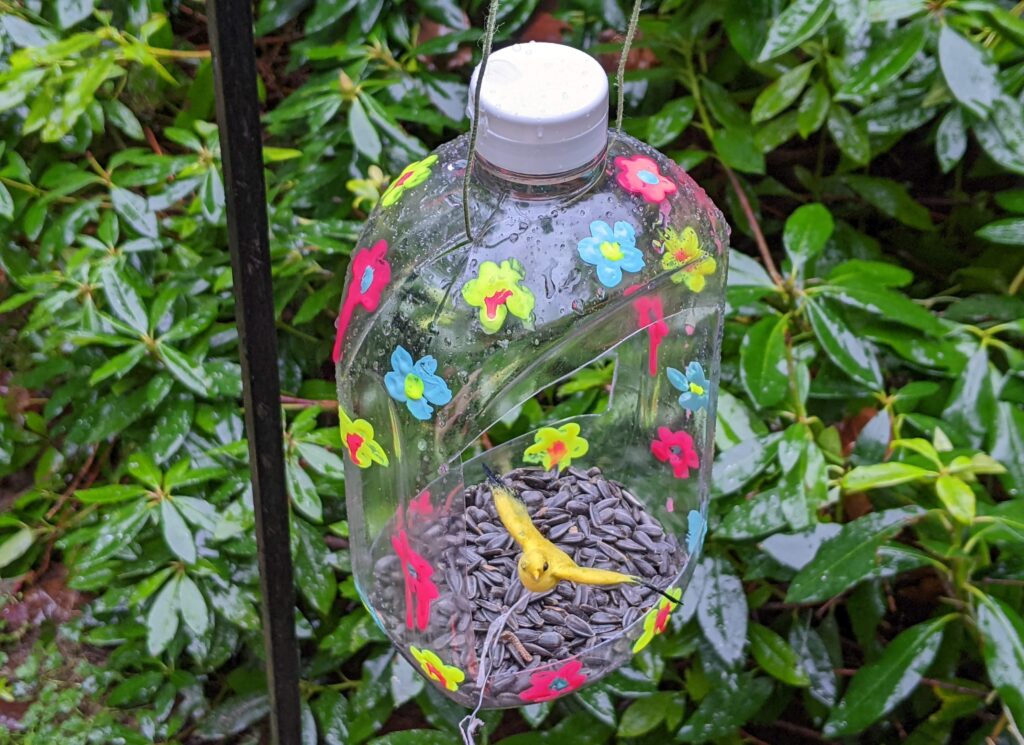
Bottles into a Bird Feeder
Transforming discarded plastic bottles into functional and eco-friendly bird feeders is a great way to give back to the environment directly through upcycling! The process involves carefully cutting an opening in the bottle, filling it with birdseed, and suspending it in outdoor spaces – from a tree or your porch for easy bird watching. Get to know your fine feathered friends and give your plastic bottles a second chance at something new.

